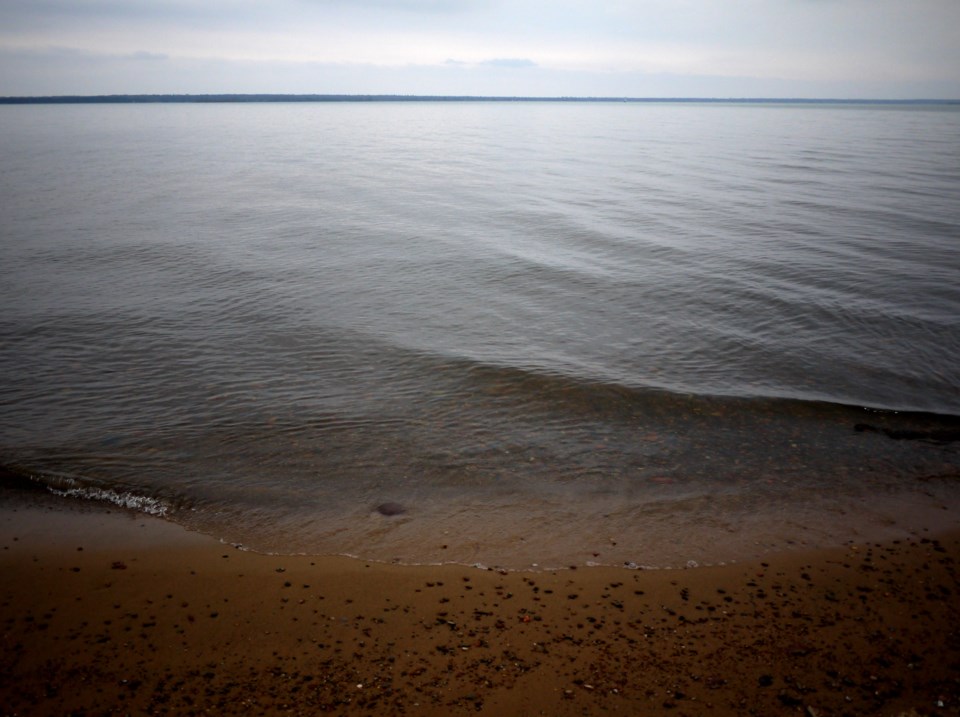Water levels in the Great Lakes are still well above average and posing a risk of shoreline erosion even as levels continue to decline, says the International Lake Superior Board of Control (Board).
The full text of a release from the board follows.
Great Lakes levels continue to decline, but are still well above average and the risk of high water impacts remains.
Lake Superior outflows continue to be set in consideration of high levels upstream and downstream.
Last month, Lake Superior declined 7 cm (2.8 in) when on average it declines 3 cm (1.2 in) in October.
Lake Michigan-Huron declined 8 cm (3.1 in) over the course of the month, close to the average water level decline of 7 cm (2.8 in) in October.
Both lakes are expected to continue their seasonal declines in November. However, there will continue to be an increased risk of shoreline erosion, lakeshore flooding and coastal damages over the next several weeks and potentially through the winter.
The International Lake Superior Board of Control (Board) advises all those that may be affected to prepare for potentially severe coastal impacts, especially during periods of strong winds and high waves. At the beginning of November, Lake Superior is 23 cm (9.1 in) above average (1918 – 2019) and 13 cm (5.1 in) below its level of a year ago. Lake Michigan-Huron is 81 cm (31.9 in) above average and 6 cm (2.4 in) below the level at this time last year.
The Board expects the total outflow to be 2,420 m3 /s (85.5 tcfs) in November, which is as prescribed by Lake Superior Regulation Plan 2012. The gate setting of the control structure will be gradually lowered to the typical winter setting equivalent to one-half gate open on Friday, 6 Nov. and Tuesday, 10 Nov.
The past few years have seen significant deviations due to hydropower plant maintenance activities. These maintenance activities were less frequent during the past several months and the hydropower plants were able to release much higher flows.
Overall outflow from Lake Superior has generally been lower in 2020, due to the balancing principle of Plan 2012.
As Lake Michigan-Huron’s level remains relatively higher than Lake Superior’s, the plan calls for lower outflows and will continue to call for lower outflows this winter. The combination of these factors has not necessitated the need to have additional gates open to release additional flow and deviations from Plan 2012 are not expected this winter.
Shoreline businesses and property owners are reminded that the Great Lakes – St. Lawrence River Adaptive Management (GLAM) Committee continues to host an online questionnaire to allow for direct reporting on impacts related to recent high water conditions. The 2020 version of the questionnaire is now available here. https://ijc.org/glam/questionnaire.
